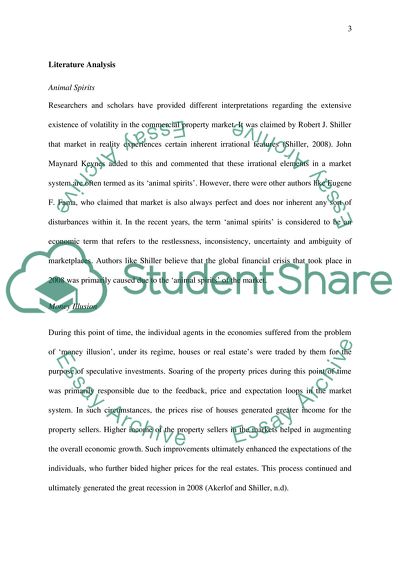Cite this document
(Property and construction market fluctuations and instability are Essay, n.d.)
Property and construction market fluctuations and instability are Essay. https://studentshare.org/macro-microeconomics/1809724-property-and-construction-market-fluctuations-and-instability-are-driven-primarily-by-irrational-exuberance-discuss
Property and construction market fluctuations and instability are Essay. https://studentshare.org/macro-microeconomics/1809724-property-and-construction-market-fluctuations-and-instability-are-driven-primarily-by-irrational-exuberance-discuss
(Property and Construction Market Fluctuations and Instability Are Essay)
Property and Construction Market Fluctuations and Instability Are Essay. https://studentshare.org/macro-microeconomics/1809724-property-and-construction-market-fluctuations-and-instability-are-driven-primarily-by-irrational-exuberance-discuss.
Property and Construction Market Fluctuations and Instability Are Essay. https://studentshare.org/macro-microeconomics/1809724-property-and-construction-market-fluctuations-and-instability-are-driven-primarily-by-irrational-exuberance-discuss.
“Property and Construction Market Fluctuations and Instability Are Essay”. https://studentshare.org/macro-microeconomics/1809724-property-and-construction-market-fluctuations-and-instability-are-driven-primarily-by-irrational-exuberance-discuss.


